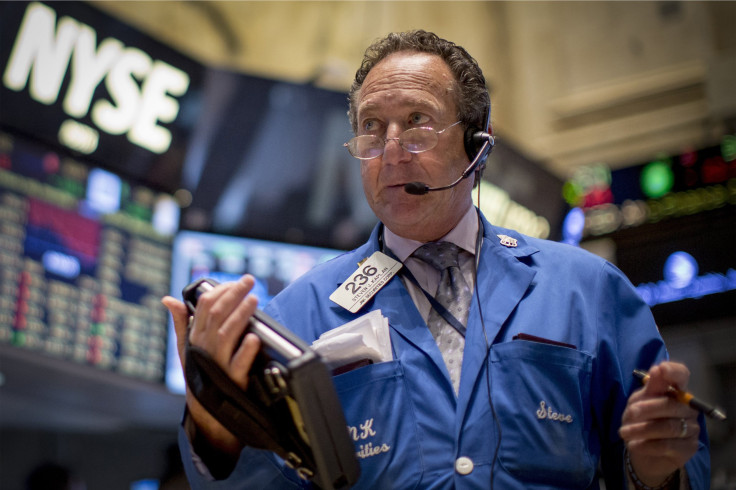September US Jobs Report Preview: Job Growth Above 200,000 Expected

The U.S. government's latest jobs report, which will detail how many jobs were created last month, is going to confirm what tens of millions on Main Street know all too well: More than five years after the recession officially ended, the parts of the economy that matter most to job hunters are hardly encouraging.
The Labor Department will release its initial September jobs report and a revision of August's numbers on Friday. The data are expected to show the economy has continued adding jobs at a pace of about 200,000 a month since March as more Americans look for and find employment.
But many Americans are still working at jobs for which they’re overqualified, working part time because they cannot find full-time positions and/or haven’t seen their wages increase -- if at all -- much faster than price levels. More than 500,000 full-time jobs have been replaced by 800,000 part-time jobs since the recession, the highest increase in part-time employment since 1993.
That explains why so many Americans still have a bleak outlook on the economy.
Friday's report won't be all bad news, though. If employment continues expanding at its current pace -- in other words, if unforeseen risks such as the Ebola outbreak and tensions in Hong Kong and Moscow don’t significantly interrupt the U.S. economy -- the unemployment rate would fall below 6 percent by the end of the year and end 2015 at 5.5 percent, according to consensus estimates. And wage growth would gradually pick up.
“This economy has proven to be somewhat resilient over time in recent years,” Mark Hamrick, chief economist for Bankrate.com, told International Business Times. “The quality of jobs being added has been improving.... The breadth of jobs and kinds of jobs being added, as we look at the salaries, those seem to be improving whereas that seemed to be an issue earlier in the economy.”
Nomura research analysts said Wednesday that they expect average hourly earnings for private employees in September rose by 0.25 percent over the month after rising 0.29 percent over the month in August and 2.5 percent over the year, the strongest annualized gain since May 2010.
The August jobs report showed that hiring fell to 142,000 jobs after a six-month streak of more than 200,000 jobs added each month. Most economists say the numbers will be revised upward on Friday. Paul Ashworth, chief economist at Capital Economics, called the dip in job growth “an isolated blip” last month.
Unemployment fell in August because more Americans quit looking for jobs and therefore were no longer counted as unemployed. One-time factors, including a supermarket strike in New England and auto plant shutdowns for retooling, weighed down job growth in August, a notoriously difficult month to measure employment.
“The disappointing August report does not reflect the underlying pace of job growth,” Stuart Hoffman, chief economist for PNC Financial Group, told IBTimes Thursday. “September job gains will bounce back, even as August employment is revised higher.”
Hoffman forecasts that the unemployment rate remained steady at 6.1 percent in September, after falling 0.1 percent in August. He expects more Americans entered the labor force last month and that the economy added about 210,000 jobs, about the pace of growth seen for the six months preceding August.
September’s payrolls will be boosted by up to 25,000 grocers who walked out in July returning to work. Despite about 6,500 casino workers losing their jobs in Atlantic City last month, the number of planned layoffs by American employers has fallen to a 14-year low, according to a report released Thursday by global consultancy Challenger, Gray & Christmas.
While economists forecast resurgence in economic growth through next year, consumers looking at the current state of the labor market remain far less certain. Nearly a third of Americans still say jobs are “hard to get,” and more report that jobs are “not so plentiful” vs. “plentiful,” according to the Conference Board’s latest consumer confidence survey.
© Copyright IBTimes 2024. All rights reserved.






















